Forex Broker Vinson Financials Launches Website and Turnkey Partnership Solutions
Vinson Financials, a leading forex broker, today announced the launch of its new website as part of its expansion and innovation strategy. In addition to highly competitive trading conditions, it is now also offering an award-winning turnkey partnership solution for introducing brokers.
Vinson Financials, a leading forex broker, has provided investment services across the globe for over 10 years. The company is licensed and regulated by the Cyprus Securities and Exchange Commission (CySEC), licence no. 184/12 and offers forex, CFDs, precious metals, futures and indices trading.
Today, Vinson Financials announces the launch of its new website, complete with advanced charting, coaching tools, daily news and technical analysis. A further six languages will be introduced shortly.
Vinson Financials aims to make trading easier and more transparent, offering six account types within two simple plans. As a no dealing desk (NDD) broker, Vinson Financials offers STP accounts for those seeking exceptional execution speeds and superior pricing as well as fixed spreads for traders who prefer no slippage and tighter controls on their trading.
Vinson Financials also provides attractive terms for partners, including introducing brokers and white labels.
Senior Manager, Victor Zachariades, explains: "Our team has a number of years in the industry, and our vision was to create a better client but also partner experience, providing unique benefits, to build trust and enhance partnerships."
Vinson Financials provides turnkey partner solutions combined with coaching, consultancy and competitive escalating rebates and commissions, which have contributed to its recognition as a leading player in industry partnerships.
"Our VIP Partner package offers a sophisticated plan with high tech automated payout features, facilities for monitoring client performance, rebates and commissions, as well as marketing support, including custom websites and full training on cutting-edge platforms," says Zachariades.
Education is also a key aspect of Vinson Financials' trader offering. "We believe that an educated trader can make informed trading decisions, allowing them to capitalize on market opportunities and maximize returns," says Kenny Simon, Head of Asian Markets and FX Training. "Aside from our extensive online resources, we have seminars in locations around the world, interactive one-on-one training, customized seminars, training programmes as well as platform walkthroughs for traders," says Simon.
Zachariades continues: "We believe that fairness and transparency along with fast execution, competitive pricing and superior education provide the best trading experience, making clients loyal to us as a broker. At Vinson Financials, we will continue to build this foundation of trust between us, our clients and partners."


 4Likes
4Likes LinkBack URL
LinkBack URL About LinkBacks
About LinkBacks










 Reply With Quote
Reply With Quote

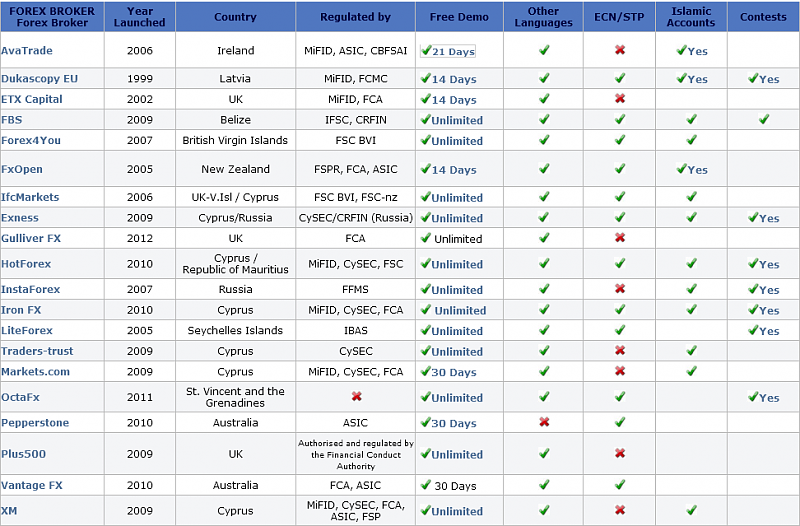
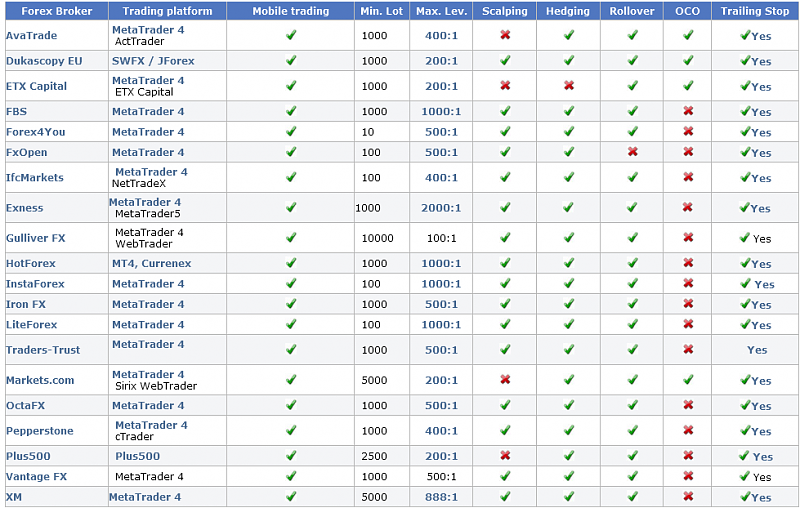
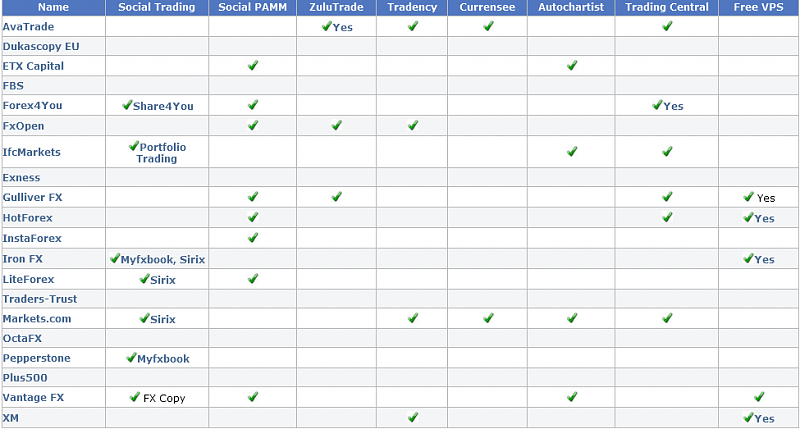
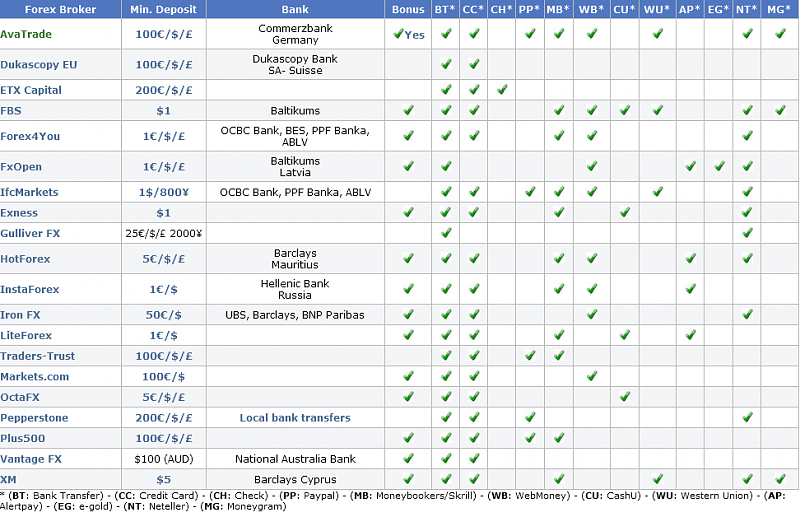
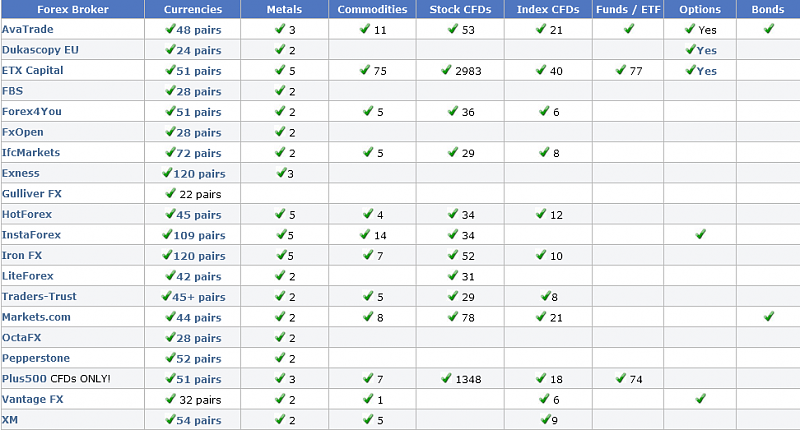


Bookmarks